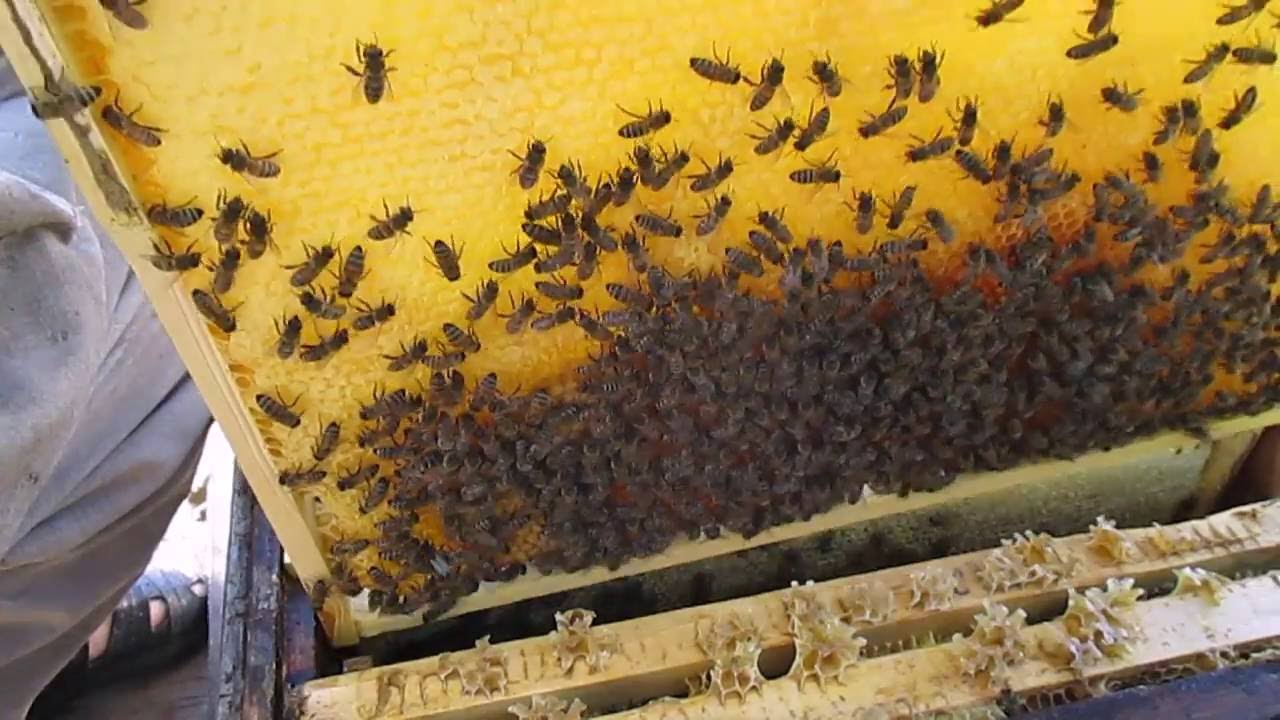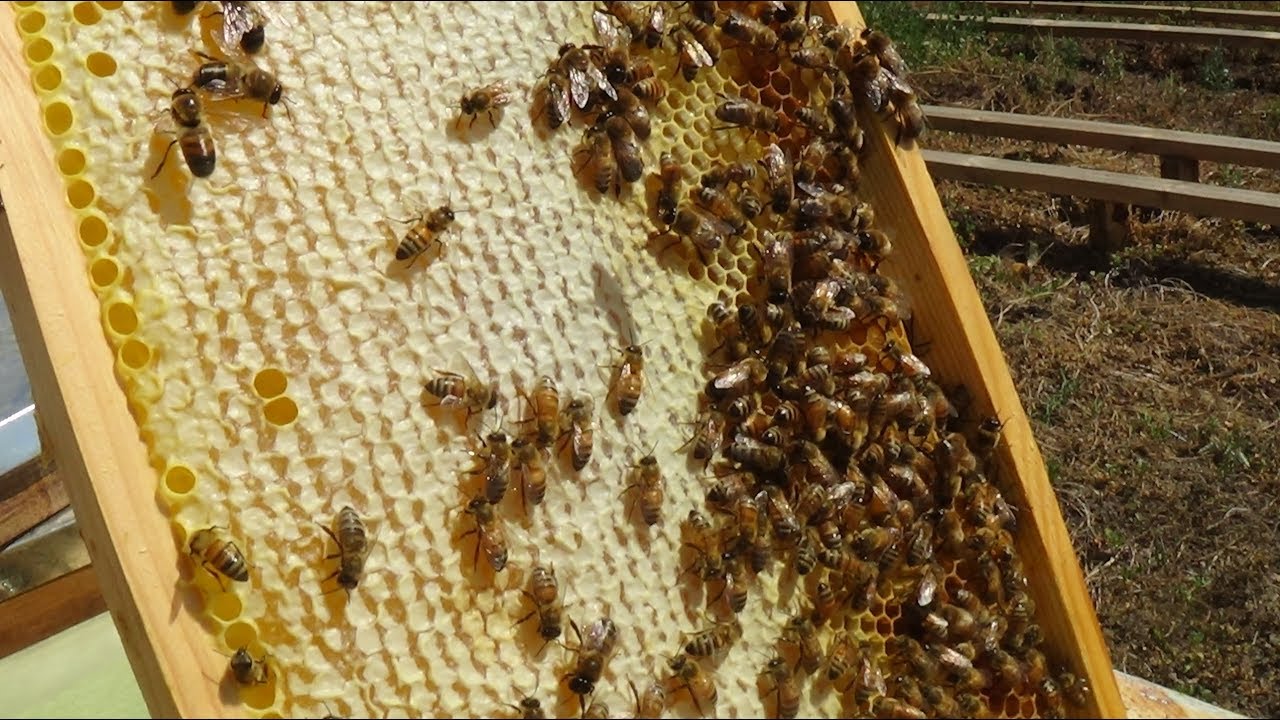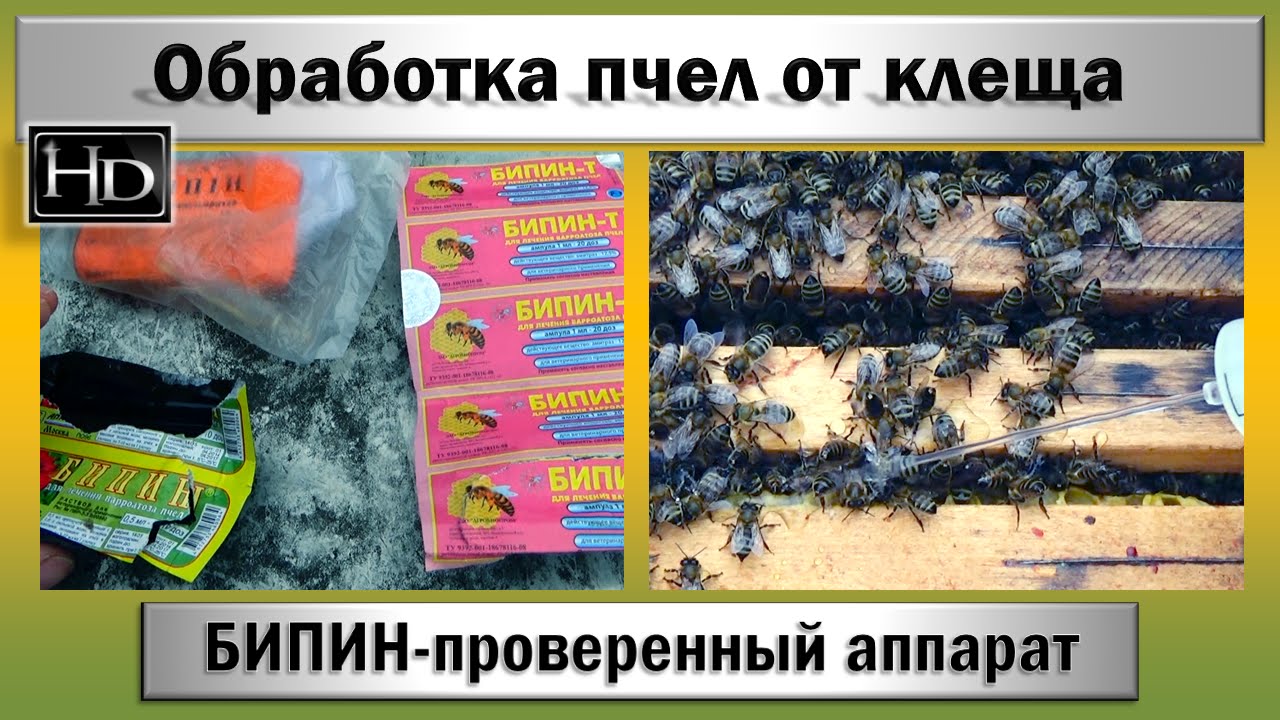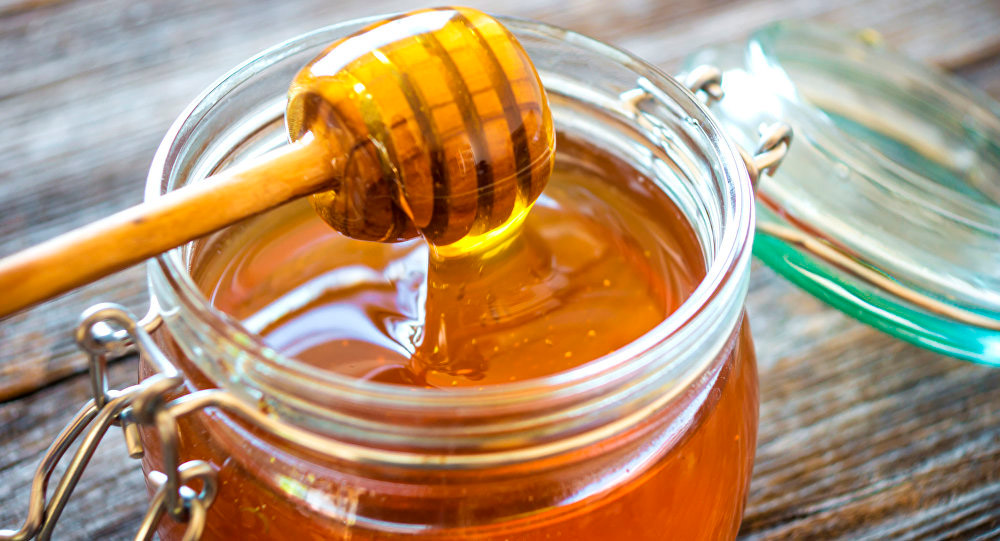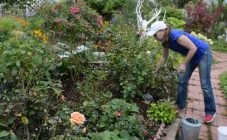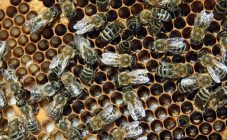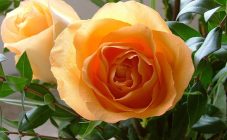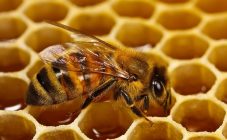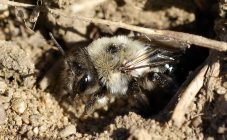Content:
Bees in August need special care. This is due to the fact that in one month you need to pump out honey, as well as complete honey collection. At the apiary in August - early September, the beekeeper must conduct an audit of his estates, an integral part of which is feeding insects. After feeding, as a rule, each family supplies approximately 6 kg of sugar and 12 kg of honey.
In order to achieve the possible roominess, it is recommended to keep the bees in sun beds. And the bee brood in August should be as large as possible. During feeding or shortly after, treatment for varroatosis should also be carried out. Preventive or therapeutic measures should be carried out regardless of the absence / presence of brood.
Bee care in August
Bees in August need special care. By the end of this month, the beekeeper must conduct a mandatory audit. On a warm, calm and dry day, he should check:
- the amount of feed stocks;
- family condition.
Beekeeping in August
Bees at the end of August create a lot of trouble for the beekeeper, but so it seems to beginners. As a rule, experienced breeders develop a beekeeper calendar for August in advance. The basic tasks of August are the pumping out of the already ripe bee product from the selected frames and the control examination of the hives.
Pumping honey should be carried out in compliance with important rules:
- The presence of a specially designated well-lit room.
- Lack of access to insects.
What to do in an apiary in August, how to take care of bees? Before pumping out, the honeycomb should be inspected again. Those that are not completely filled can be left for the fall, and those that are covered in honey can be taken out.
Step-by-step algorithm of actions:
- The honeycomb is unsealed, the wax tops are carefully removed. Experts use different methods: electrical appliances, steam forks or a hot knife. The easiest way is to cut off the lids using a sharp knife.
- The prepared frames are sent to the honey extractor. Thanks to centrifugal force, honey is squeezed out of the honeycomb.
- The cassettes with frames are inverted several times to achieve maximum yield of sweet liquid.
- The final stage - when the walls of the honey extractor are filled with honey, using a sieve, it must be filtered. The strained mass is placed in a clean and dry container.
- Beads of wax and foam should rise to the surface of the honey and need to be removed.
Many people wonder if bees do not print frames at the beginning of August, what should I do? It all depends on the number of flowering plants on the street, if there are quite a few of them, then it is quite possible that the bees are preparing for another collection. If so, then the pumping will have to be delayed.
In early August, bees need feeding; instead of sugar, it is recommended to give preference to inverted syrup, since insects spend less energy on processing it.
Treatment of bees from ticks
Varroatosis is a disease that bees are susceptible to caused by the varroa mite.The disease is accompanied by a decrease in pollination ability, as well as the blues of the whole family.
The tick is very fond of high humidity, which is why it is recommended to raise the hives half a meter from ground level. Indoors, humidity should not exceed 85%.
As a preventive measure for the development of the disease in bees in August, families should be treated with a solution of fumisan. The course of treatment is 30 days. If you follow the attached instructions for use, the bees will be at least 90% free of the parasite. As a result, viable individuals with increased immunity will go to winter.
Preparing bees for winter in August
By the end of summer, one of the main tasks of the beekeeper is to prepare the families of bees for wintering. It should be carried out shortly after honey collection. The beekeeper must:
- Provide the most comfortable conditions for breeding new offspring.
- Make the required amount of stock.
- Prepare hives for wintering.
By providing additional nutrition and protection from cold weather, the beekeeper will not only save insects, but also next year will receive a large amount of natural delicious honey.
What honey is harvested in August
Russia is the only country in which a large number of melliferous plants are concentrated. The highest quality beekeeping product is obtained here, since it contains useful nectars of many plants, including medicinal ones. Experienced professionals strive to collect the richest product possible only in August. It is also called polyfloral honey. Even May honey cannot boast of so many useful properties in its composition.
Before purchasing August honey, it is worth remembering that mature bee products are thicker. If you pour the contents into a spoon and try to drain, then the stream will drain slowly, forming a slide. If a product is candied, this does not mean that it is impure and of poor quality. Any honey is prone to crystallization, some varieties of mature honey begin to "stratify" a few weeks after collection.
Beekeeping is incredibly hard work, and specialists work hard to collect a lot of high quality honey and provide bees with a comfortable living environment. August is a busy month for the beekeeper. To make things easier, it is recommended that you develop a beekeeper calendar that will not allow you to miss anything.
